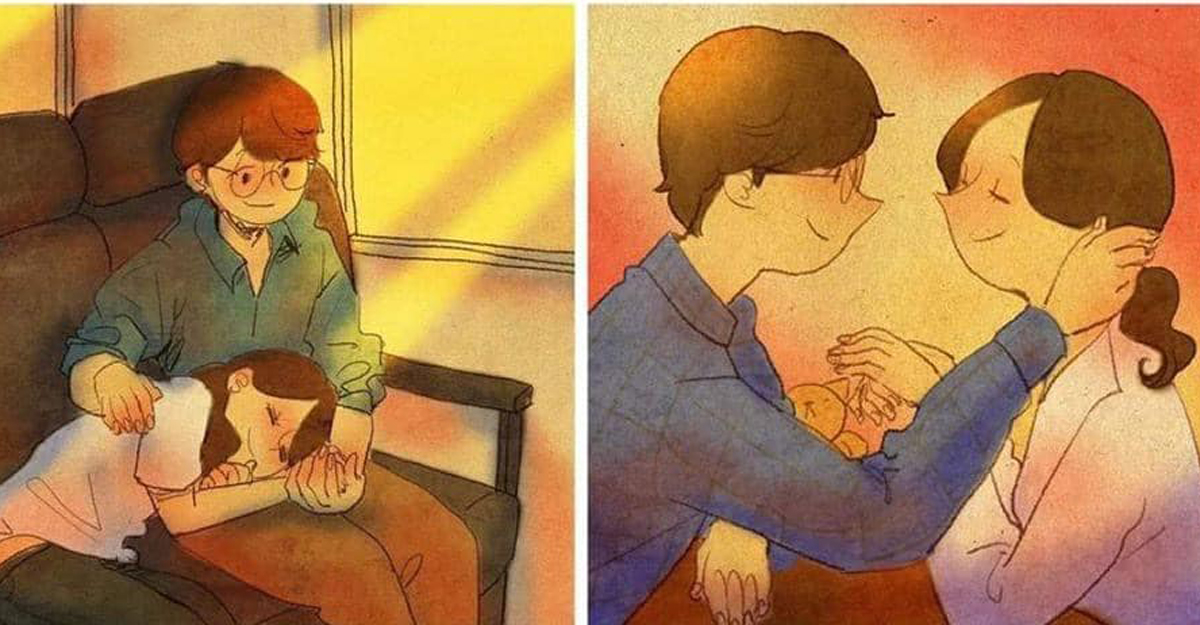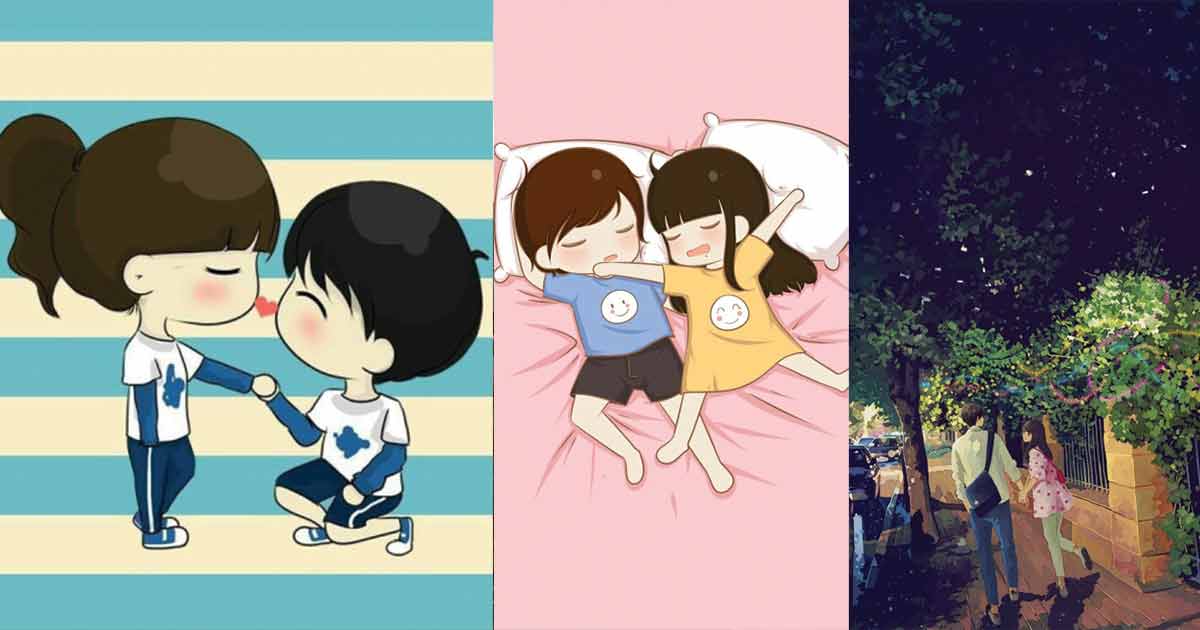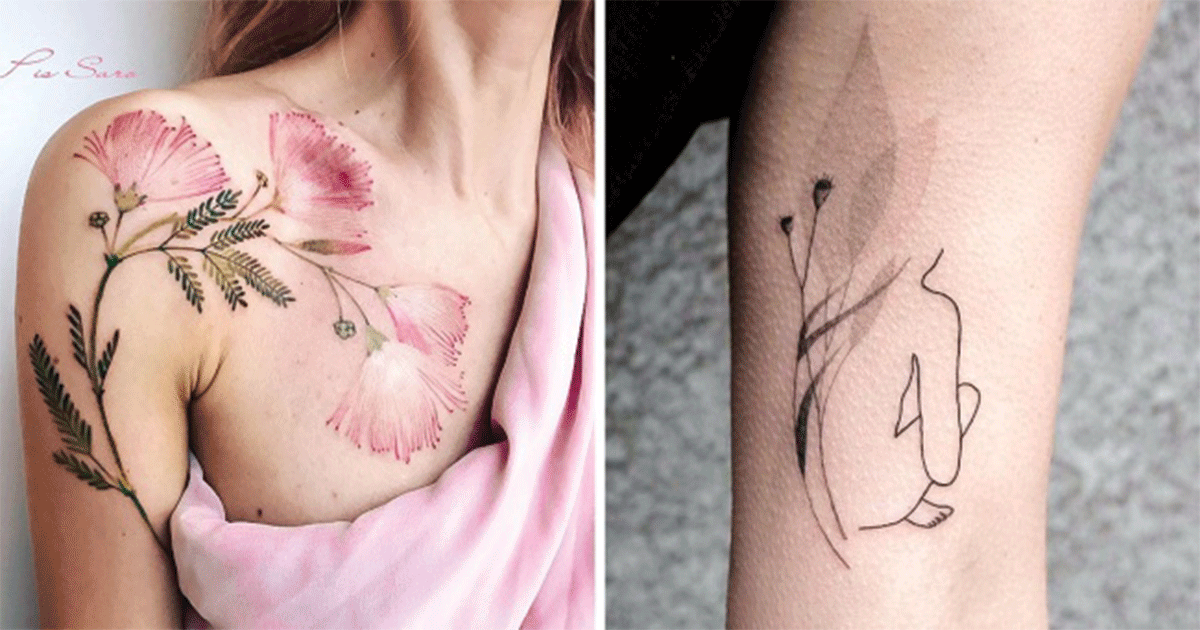Psychological question: Choose a picture first, read the answer! Which photo is not a family photo?
Photos often carry subtle clues about the relationships, emotions, and connections between people. When presented with a set of images, it might seem obvious which ones are family photos and which ones are not. However, psychological factors such as body language, emotional expression, and the environment in which the photo was taken can make this choice more complex.
The intriguing question we explore in this article is: “Which photo is not a family photo?” By analyzing the elements that distinguish family photos from others, we can gain insight into how relationships are perceived and how visual cues affect our understanding of social bonds.
Understanding the Power of Visual Cues
Family photos typically showcase a sense of belonging, connection, and familiarity. These emotions can be conveyed through:
•Body language: Physical closeness, relaxed postures, and affectionate gestures are strong indicators of familial relationships.
•Facial expressions: Warm smiles and a sense of comfort are commonly seen in family photos.
•Environment: The setting often reveals a personal or shared space, such as a home, family event, or vacation spot, giving the photo a familiar context.
On the other hand, a photo that isn’t a family picture might still show people together, but the dynamics will differ in subtle ways.
Let’s Explore Some Photos
Let’s imagine you’re presented with four photos. Look at them carefully and ask yourself, “Which one doesn’t feel like a family photo?”
Photo 1: A Group of People at a Picnic
A group of people are sitting on a picnic blanket in a park. They are laughing, eating sandwiches, and sharing a bottle of lemonade. The atmosphere feels light and casual, and they appear to be enjoying each other’s company. There are different age groups present, including a child, a young adult, and two older adults.
•Psychological cues: The variety of ages, relaxed body language, and mutual enjoyment suggest this is likely a family gathering. The shared experience of eating together also hints at a familial bond.
Photo 2: Two People in Formal Attire at an Event
Two people, dressed in formal attire, stand next to each other at what appears to be a formal event, perhaps a wedding or a corporate function. Their postures are slightly rigid, and their smiles seem polite but not necessarily warm. There is little physical contact between them, and the background shows a banquet hall.
•Psychological cues: Although they’re together, the lack of physical closeness and emotional warmth suggests that these individuals might not be family. The formal setting could indicate they are colleagues or acquaintances.
Photo 3: A Family Portrait in a Living Room
This picture shows four people sitting together in a living room. They are sitting close to each other, with two children nestled between the adults. Their smiles are relaxed and genuine, and there are family photos visible on the wall behind them. The setting feels intimate and comfortable.
•Psychological cues: The setting, the closeness, and the visible emotional connection clearly point to this being a family photo. The environment is personal, reinforcing a sense of family togetherness.
Photo 4: A Group of Friends on Vacation
A group of young adults are posing on a beach. They are wearing casual vacation attire, sunglasses, and swimsuits, and are standing in a line with their arms around each other. Everyone is smiling and clearly enjoying the sunny day. While they look close, there isn’t a range of ages typically seen in family photos.
•Psychological cues: While the individuals seem connected and happy, the group dynamic and setting suggest this is a group of friends rather than a family. The absence of any age diversity or familial indicators like children or older adults might be why this photo doesn’t feel like a family gathering.
Which One Is Not a Family Photo?
Based on the analysis, Photo 2: Two People in Formal Attire at an Event is the one that stands out as not being a family photo. The formal setting, lack of emotional warmth, and absence of physical closeness suggest that the two people may know each other but are not family members. Their body language is more reserved, and the overall atmosphere lacks the intimacy typically seen in family portraits.
Why This Matters
This exercise demonstrates how our brains process visual cues to form conclusions about social relationships. Even without explicit information, we rely on subtle signals like body language, emotional expression, and the environment to interpret the dynamics between people in an image. Recognizing these cues can help us better understand our own relationships and the connections we observe in the world around us.
When we look at a photograph, we’re not just seeing a moment frozen in time; we’re also interpreting the story behind it. The next time you look at a photo, see if you can pick up on these subtle clues—whether it’s a family photo or not, the story it tells can be a fascinating insight into human psychology.
Final Thoughts
Choosing which photo is not a family photo isn’t just about recognizing faces—it’s about understanding the dynamics that play out in the space between people. Relationships are nuanced, and by honing our ability to read these nuances in photos, we can gain a deeper understanding of human connection.
Next time you’re presented with a set of images, ask yourself: what story is this picture telling? And how do you know if that story is about family or something else entirely?














